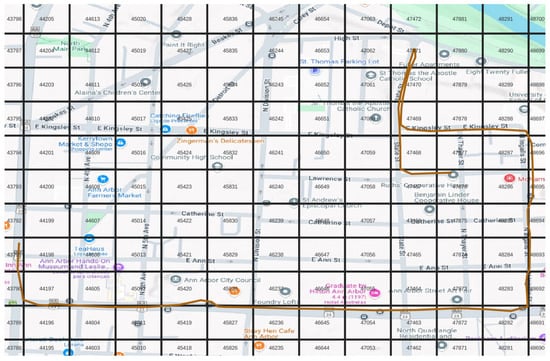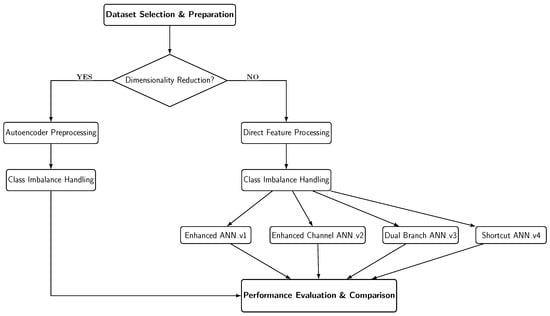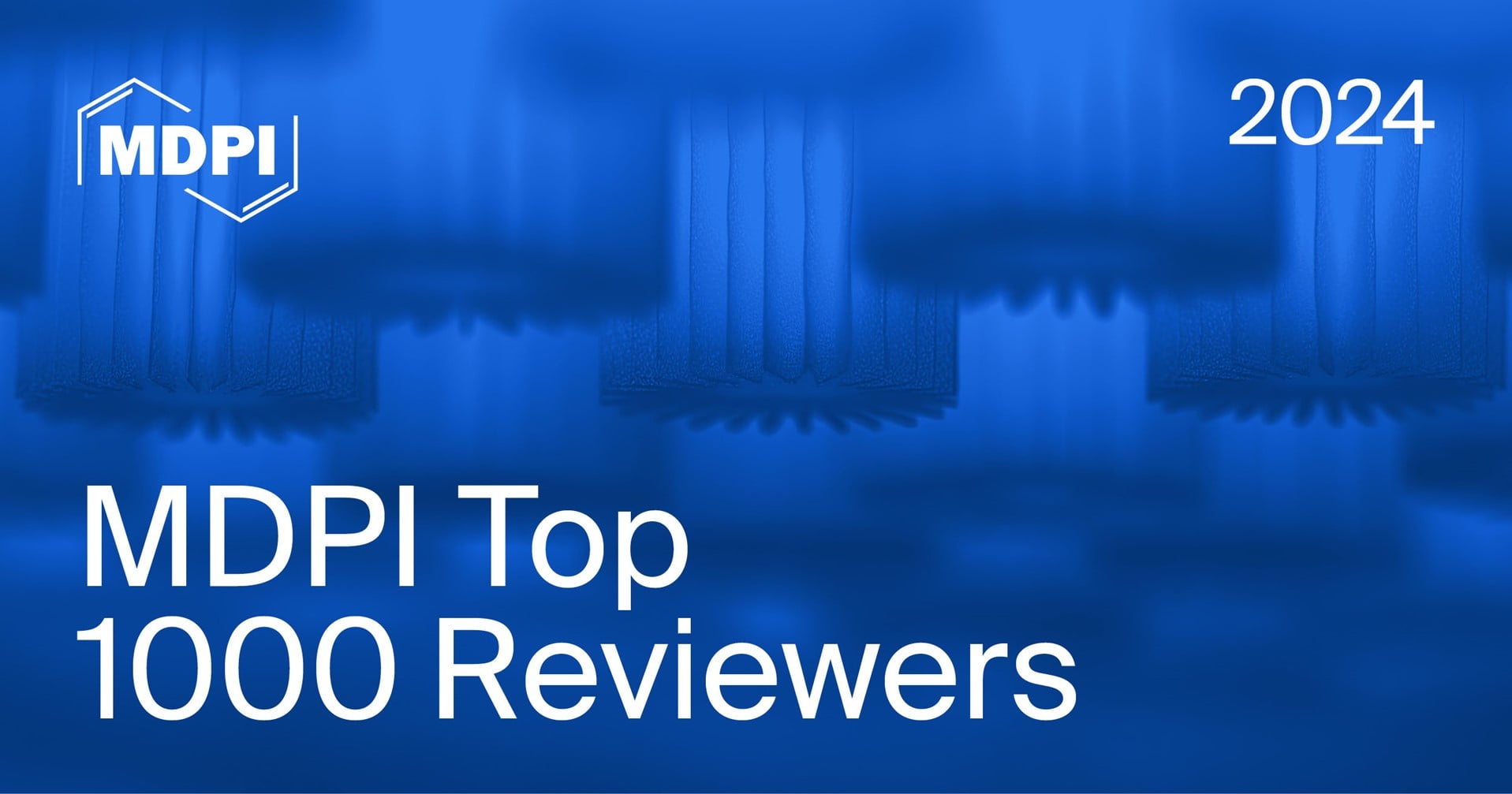-
 Acoustic Trap Design for Biodiversity Detection
Acoustic Trap Design for Biodiversity Detection -
 BiLSTM-Based Fault Anticipation for Predictive Activation of FRER in Time-Sensitive Industrial Networks
BiLSTM-Based Fault Anticipation for Predictive Activation of FRER in Time-Sensitive Industrial Networks -
 An Extension of Input Setup Assistance Service Using Generative AI to Unlearned Sensors for the SEMAR IoT Application Server Platform
An Extension of Input Setup Assistance Service Using Generative AI to Unlearned Sensors for the SEMAR IoT Application Server Platform -
 UniTwin: Enabling Multi-Digital Twin Coordination for Modeling Distributed and Complex Systems
UniTwin: Enabling Multi-Digital Twin Coordination for Modeling Distributed and Complex Systems -
 Toward Smart School Mobility: IoT-Based Comfort Monitoring Through Sensor Fusion and Standardized Signal Analysis
Toward Smart School Mobility: IoT-Based Comfort Monitoring Through Sensor Fusion and Standardized Signal Analysis
Journal Description
IoT
- Open Access— free for readers, with article processing charges (APC) paid by authors or their institutions
- High Visibility: indexed within ESCI (Web of Science), Scopus, EBSCO, and other databases.
- Rapid Publication: manuscripts are peer-reviewed and a first decision is provided to authors approximately 25.7 days after submission; acceptance to publication is undertaken in 3.9 days (median values for papers published in this journal in the first half of 2025).
- Journal Rank: JCR - Q2 (Telecommunications) / CiteScore - Q1 (Computer Science (miscellaneous))
- Recognition of Reviewers: APC discount vouchers, optional signed peer review, and reviewer names published annually in the journal.
- Journal Clusters of Network and Communications Technology: Future Internet, IoT, Telecom, Journal of Sensor and Actuator Networks, Network, Signals.
Latest Articles
Highly Accessed Articles
Latest Books
E-Mail Alert
News
Topics
Deadline: 31 December 2025
Deadline: 31 January 2026
Deadline: 10 March 2026
Deadline: 30 June 2026
Conferences
Special Issues
Deadline: 31 December 2025
Deadline: 31 January 2026
Deadline: 15 February 2026
Deadline: 31 March 2026






























